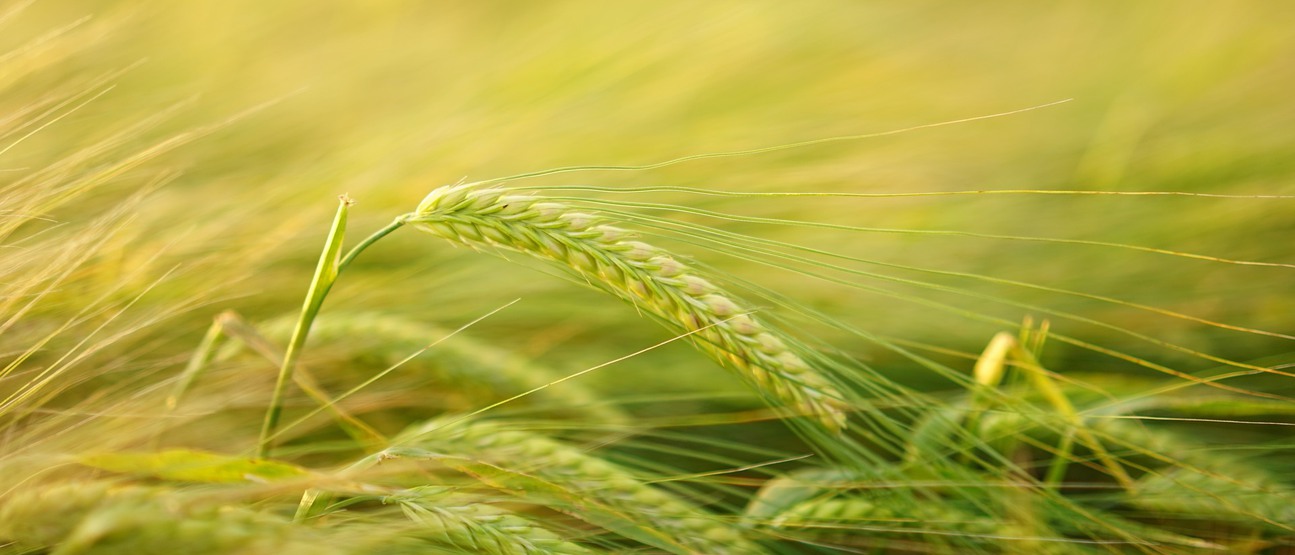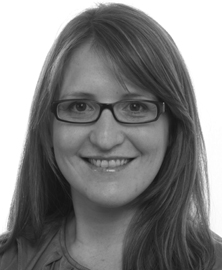Maria Riveiro
School of Informatics


Fusarium attacks on Swedish cereals in recent years have attracted increasing attention. While these attacks can lead to reduced harvests, the most serious effect is that this fungus can produce toxins. EU legislation has defined limit values for the content of Fusarium toxins because they are harmful to both humans and animals. Our project aims to develop a farm-based decision support system that will assess the risk of Fusarium attacks and elevated levels of deoxynivalenol (DON) in cereals. It can be used by both advisers/consultancies and farmers.
The decision support system is a web-based application with a map function and can process environmental data like weather data as well as farm and field specific data such as previous crop, variety, soil types, satellite data and historical DON data. Each factor in itself affects the risk of Fusarium attack to varying degrees but it is the combination of and interaction between these various factors that determines whether there will be an attack or elevated levels of DON.
Based on the above data, the decision support system predicts the risk of Fusarium attack and elevated levels of DON. For this to be possible, the highly complex interactions between the factors are modelled based on previous data and domain knowledge. A key aspect is the extent to which each of the different factors should be taken into account. This may be a matter of studying how much better (or more reliable) the decision data will be if information such as sowing time and texture from the farm is included, compared to only using more general information that applies to larger geographical areas. Since many factors are involved that can potentially impact the results, multivariate models must be used, i.e. models with the ability to manage and identify patterns and relationships in large quantities of data.
There are many different types of multivariate models, all with their own specific advantages and disadvantages: how they handle different types of data, in particular quantitative or qualitative data; how they handle uncertainty in the data; how precise they are in their predictions; how they handle new data/domain knowledge entering the system, how easy they are to understand, etc. The project meets this challenge by developing the optimum model, or combination of models, for the intended decision support system.
It should be possible for both advisers/consultancies and farmers to use the tool as the starting point for regular advice, where field observations and practical considerations for example supplement the information from the decision support system. But it should also be applicable in the cereals marketplace, where a more general version covering a larger geographical area would be more interesting. The developed tool will also be able to provide a platform for future, similar tools in the field of plant health.

School of Informatics

